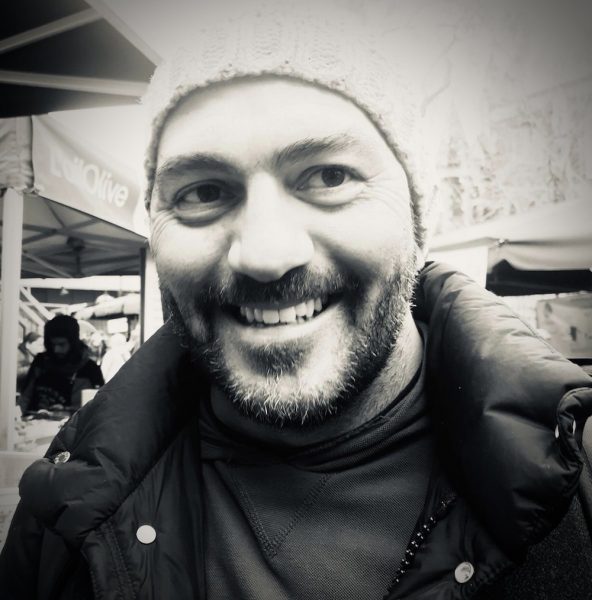
Part 1:
The president and jurors have met. D&AD’s high standards, the importance of craft and expectations have been clearly outlined. We are armed and tasked with finding the best global ideas, seeking out excellence and protecting the integrity of the D&AD Awards.
I’m one of 10 judges within the PR team with over 27 hours of viewing ahead of me – and that’s just for the shortlist.
This year is a very special year given the global events we are all too familiar with. I’m hoping for that same ‘WOW’ factor I got from the first time I judged D&AD many years ago. However, I know too well the pivots we’ve all endured, the speed at which ideas have been created, the drastic budget cuts and the potential knock-on effect with all of us pushed to work remotely. Still, my search for the most outstanding, beautifully executed PR idea for 2021 remains.
In some ways, I’ve always viewed the PR category as the most challenging. Before I begin viewing, I need to constantly remind myself to compartmentalise and define if each submission fits into one of two categories: is the entry a brilliant PR idea that has delivered amazing results or is it a great idea that belongs in another category and by chance got a lot of PR? It’s a fine line and not always an easy decision.
I’m supported & guided by the D&AD judging criteria along with my own checklist to ensure the ideas are inspiring, they are brilliantly executed and they are fit for purpose. Sounds super simple right? I can tell you, it’s not!
Respecting the days, weeks, months, even years behind a single idea, every film deserves my absolute focus, time, patience, and full attention. Multiple entries from across the globe mean I may not recognise the brand or the cultural background. If I’m not sure, I reread the entry and find out. It’s just too important to not understand the content, nor the background. Each idea needs to be considered. A lot of time, money and effort has been put into everything I see, and this high regard is crucial.

My observations so far:
Ten hours in and I cannot stress how important the first 15 seconds of every film is to get the attention of your viewer. One word of advice: use all the media you have! Don’t just put type on-screen – use audio, a voice-over, whatever you can. The craft behind a case study is so important. And don’t copy-paste what you’ve done for another category, it doesn’t work. Sadly some of the entries I’m beginning to see have simply entered the film the public has viewed. Already they’re on the backfoot compared to all the other entries which have taken the viewer on an entire journey by sharing the insights, the challenges, the idea and then finally revealing the results.
Learnings as a judge:
When entering your work make sure you truly consider your category and subcategory. Ask yourself ‘is the idea relevant for your subcategory, is it B2B, B2C, public affairs or stunts?’. A lot of agencies have submitted the same film into multiple subcategories, and to be honest they’re not all going to win. Unless it is absolutely relevant, you’re wasting your time and money.









